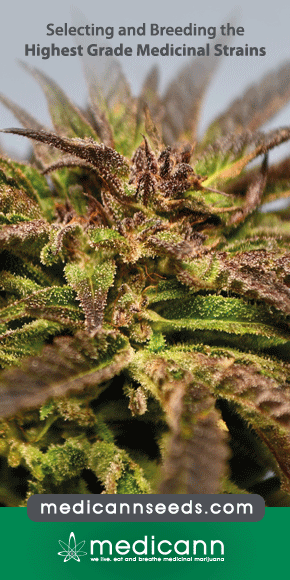Pharmacotherapeutic considerations for use of cannabinoids to relieve pain in patients with malignant diseases
The aim of this review was to assess the efficacy of cannabis preparations for relieving pain in patients with malignant diseases, through a systematic review of randomized controlled trials (RCTs), which were predominantly double-blind trials that compared cannabis preparation to a placebo. Fifteen of the 18 trials demonstrated a significant analgesic effect of cannabinoids as compared to placebo. The most commonly reported adverse effects were generally well tolerated, mild to moderate. There is evidence that cannabinoids are safe and modestly effective in neuropathic pain and also for relieving pain in patients with malignant diseases.


